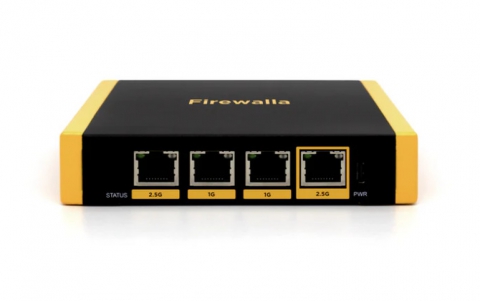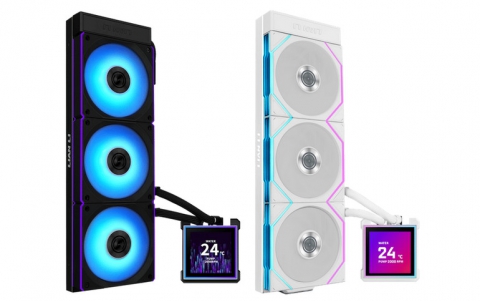
Eye on PS3's Optical Pickup Unit
Japanese publication Nikkei Electronics has posted some photos of the optical pickup unit (OPU) of the Blu-Ray optical drive used in Playstation 3.
Definitely, the Blu-Ray drive of the PS3 console is considered as one of the device's core modules. The ability to reproduce Blu-Ray movies as well as its compatibility with the DVD and CD formats is an advantage of the device and Sony believes that it will be an attractive option for candidate buyers - which do not necessarily play games.
Manufactured by Sony, PS3's BD drive packs the essential objective lenses for the three supported formats into one. The device also uses a "three-wavelength" semiconductor package (laser), capable of emitting near-infrared laser light for CD, red laser for DVD and blue violet laser for BD.

Most consumer products are currently equipped with an optical unit that combine an objective lens and a laser device for BD, and a separate one for the reproduction of CD and DVD. And that because despite the larger number of components needed, this method allows diverted use of existing low-price CD/DVD components. In addition, keeping the BD components into a separate set allows for easier control, upgrade and replacement if needed.
However, there is no doubt that the integrated optical system solution will be more advantageous as soon as the component and manufacturing technologies be improved. This is expected to allow a smaller size of the system and a better efficiency in volume production.
Currently, only a few manufacturers can actually develop and start volume production of such an integrated optical system. That is because both technological hurdles and development cost should be limited before commercialization. To withstand such a heavy burden and generate profit, manufacturers need at least to have a clear prospect for long-term, sustainable shipments of a considerable amount of optical heads.
Sony Computer Entertainment Inc. (SCE) did the same thing when releasing the PlayStation 2 game console, which supports DVD-ROM discs. The company developed and employed the "two-wavelength laser" that integrates optical heads for CD and DVD, which had been previously provided separately by the majority of the manufacturers.
Manufactured by Sony, PS3's BD drive packs the essential objective lenses for the three supported formats into one. The device also uses a "three-wavelength" semiconductor package (laser), capable of emitting near-infrared laser light for CD, red laser for DVD and blue violet laser for BD.

Most consumer products are currently equipped with an optical unit that combine an objective lens and a laser device for BD, and a separate one for the reproduction of CD and DVD. And that because despite the larger number of components needed, this method allows diverted use of existing low-price CD/DVD components. In addition, keeping the BD components into a separate set allows for easier control, upgrade and replacement if needed.
However, there is no doubt that the integrated optical system solution will be more advantageous as soon as the component and manufacturing technologies be improved. This is expected to allow a smaller size of the system and a better efficiency in volume production.
Currently, only a few manufacturers can actually develop and start volume production of such an integrated optical system. That is because both technological hurdles and development cost should be limited before commercialization. To withstand such a heavy burden and generate profit, manufacturers need at least to have a clear prospect for long-term, sustainable shipments of a considerable amount of optical heads.
Sony Computer Entertainment Inc. (SCE) did the same thing when releasing the PlayStation 2 game console, which supports DVD-ROM discs. The company developed and employed the "two-wavelength laser" that integrates optical heads for CD and DVD, which had been previously provided separately by the majority of the manufacturers.


















